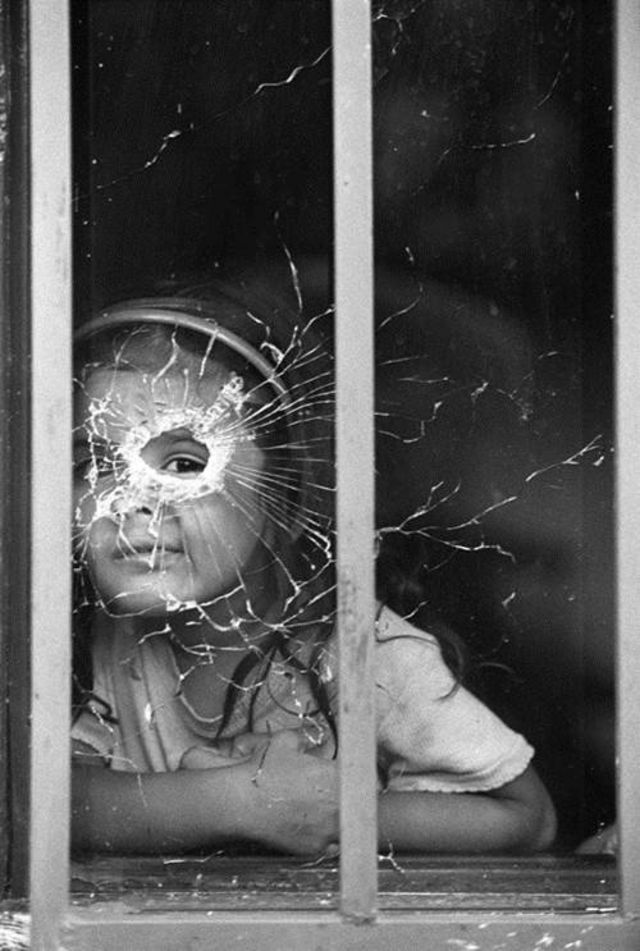Colombia
The land of magical realism
In Colombia, richness is measured by the charisma of its people, the biodiversity of its regions, and the passion of its musical beats. Dive into a country where mountains frame urban landscapes, waves hit the beaches to the rhythm of cumbia, the dawn demands a cup of black coffee, and the night comes only to catch a glimpse of the bolero sounds echoing from the streets.
Vibrant, diverse, magical, colorful, and authentic
These are a few of the words used by our travelers to describe Colombia.
Where do you want to travel?
Bogotá
Medellín
Cartagena
The Coffee Region
Unmissable places
Facts about Colombia
-
We are the second most biodiverse country in the world
and the first in the diversity of birds and orchid species.
-
We are known worldwide for the quality of our coffee
We are proud to produce the best arabica coffee in the world.
-
Colombia is the world’s largest emerald producer
delivering 60% of the production worldwide. The largest mine in the world is located in the state of Boyacá.
History
- Beginning
- XX Century
- The conflict
- The end of conflict
In 1819, after a 9-year war, Colombia was established as an independent nation from the Spanish monarchy. At first, Colombia was part of a larger republic that included Ecuador, Venezuela, Panamá, and even parts of Perú and Brazil. This republic, later known as Great Colombia, was praised by John Quincy Adams, sixth president of the United States, as one of the most powerful nations on the planet. Yet, political differences led to the dissolution of the promising republic.

Throughout the following century, the political landscape in Colombia was marked by the struggle between conservatives and liberals, two political parties that exhibited fundamental disagreements when it came to deciding what system of government was best suited to command the newly-established republic. While liberals encouraged a federal and secular state, conservatives advocated for centralism and for a government ruled alongside the Catholic Church. In 1948, these quarrels reached a turning point with the assassination, by radical conservatives, of Jorge Eliecer Gaitán, the liberal candidate who was leading the polls in the presidential elections of the day. Gaitán’s assassination, an event locally known as the Bogotazo, intensified the feuds between conservatives and liberals, which led to a wave of civil and political unrest.

During the next few decades, with the dawn of the Cold War and the rise of communism around the world, economic inequalities in Colombia paved the way for the establishment of guerrilla movements. As the years went by, however, the revolutionary and egalitarian ideals that inspired guerrillas became distorted, as they turned into terrorist mafias funded by drug trafficking. This led the country into a civil war that terrorized Colombians for more than 50 years. As the end of the century was approaching, Colombia faced its darkest hour. Two new players joined the battlefield: drug cartels and far-right paramilitary groups. These three players left hundreds of thousands of casualties and deep wounds in Colombian society.

With the turn of the century, the Government progressively regained control of critical parts of the territory. In 2016, after a long and rocky-road of negotiations, Juan Manuel Santos’s administration signed a peace treaty with the FARC, the western hemisphere’s oldest and most powerful guerilla. The peace agreement between the Colombian government and the FARC guerrilla was highly acclaimed across the globe, earning President Santos a Nobel Peace Prize. With the end of the war, Colombia with its hope renewed, had the opportunity to write a new chapter in the history books. The circumstances became an unparalleled opportunity for the country to reconstruct its image around the world, harnessing, among other things, the enormous potential it had as a travel destination. In the past few years, Colombia has been labelled by several international organisms as one of the best places to visit and it has positioned itself as a particularly crowd-pleasing destination.

